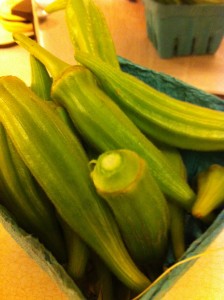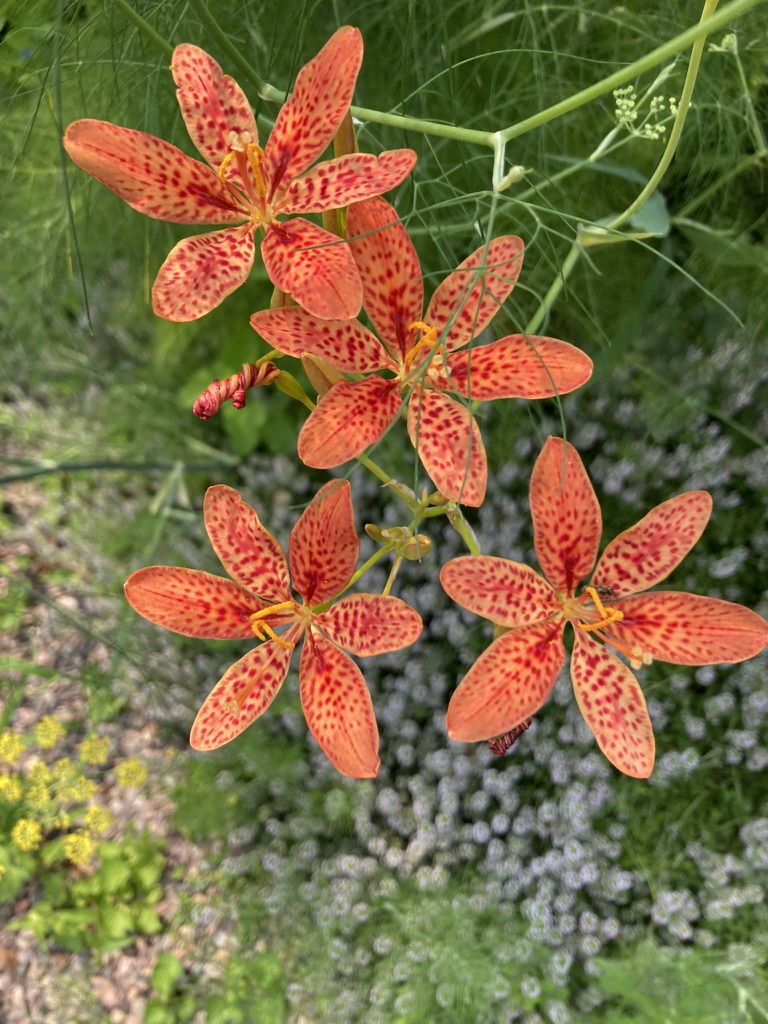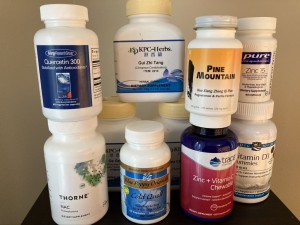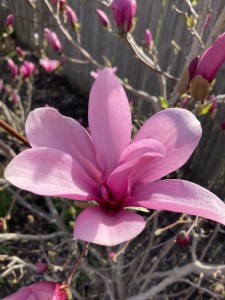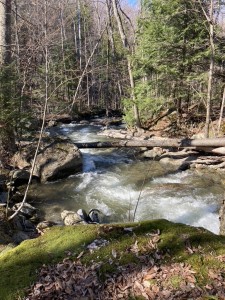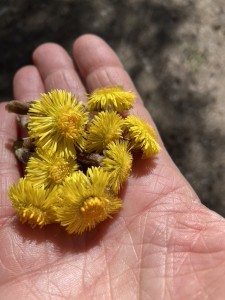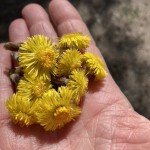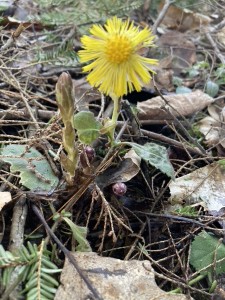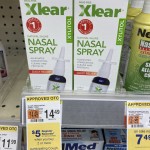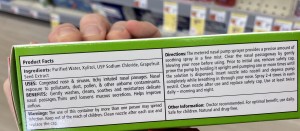It’s been wild ride these past few years – punctuated by the powerful yang energy of the year of the Tiger 2022.
We are now sliding into the mellow yin energy of the water Rabbit, or as they say in Vietnam, the Year of the Cat. Since I spent  some years in Vietnam, I got in tune with the Cat replacing the Rabbit or Hare, which is the animal all other Asian countries are celebrating.
some years in Vietnam, I got in tune with the Cat replacing the Rabbit or Hare, which is the animal all other Asian countries are celebrating.
While the Rabbit has the qualities of gentleness and fluidity, I think of the agile, able Hare as more representative of this zodiac animal. Yet the Cat embodies those qualities plus a curiosity & otherworldliness that brings the cat to another plane.
The Tiger energy is ushering in the magical and potentially miraculous Cat energy.
This year is a great opportunity to tune in spiritually, pay attention to and trust your gut, meditate, sit and do nothing, take catnaps. Clarity & simplicity are themes.
Listening is the main theme. This year is about tuning in to ourselves. Be self-assured like a cat. Be your true self. What makes your heart sing? What brings joy and meaning to your life? Only you know – tune in to find some hints.
And the Year of the Cat is also about tuning in with each other; it’s about what we all have in common. Be like a rabbit! Be gentle and kind, enjoy your community, frolic!
Listen to yourself.
Listen to each other.
Listen to nature.
This year is for Catma – the antithesis of Dogma.
Nutrition suggestions for the Year of the Cat
Take time to have relaxing meals, sitting down without work. Enjoy your meal as a sort of casual meditation.
Chew. Digestion starts in the mouth. Relax and chew your food well before swallowing.
Eat real food. Read ingredients on food labels.
Beware of the Dogma – it’s the year of Catma!
Stay curious. Keep your mind open, your heart full and trust your instincts. Take rests.
Year of the Cat is from 21 January 2023 to 10 February 2024, when the Year of the Dragon begins.
Live your truth and let the 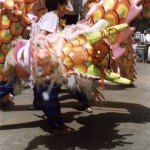 magic begin.
magic begin.
I feel lucky to be on the incredible path of East Asian medicine, natural healing and nutrition. I am grateful for the opportunity to learn and grow from each and every patient. Thank you for all of your support over the years.
Wishing you and yours the best of luck, fertility and health in 2023.

